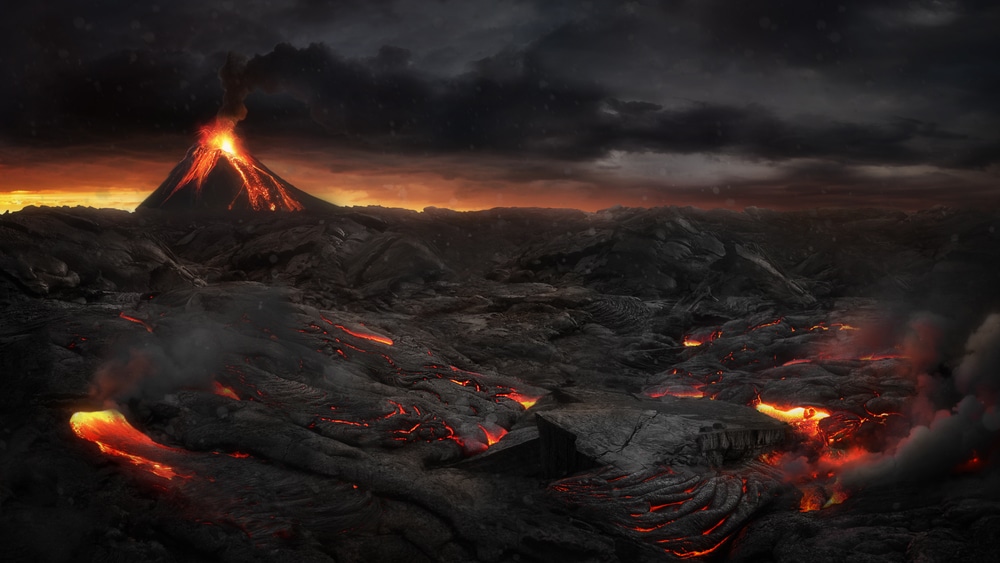The animal kingdom is known for its many wonders. There are animals with the extraordinary ability to protect, care for, nurture and raise their young. Some mothers in particular are just incredible as they go through several measures to ensure that their offspring survive and thrive. They demonstrate strong maternal instincts in the animal world. Here are five of the best mothers in the animal kingdom. Hats off to them!
1. Pigs
Pigs are very protective of their young. Prior to having their babies, they leave their group in search of a safe place to build a cozy nest for their piglets. Although the search may take a while and they may go far, mother pigs won’t stop until they discover an ideal location. They make their nests by digging a hole, filling it with grass, leaves, twigs and branches. The mother pig stays with her piglets for a couple of weeks and then returns to the herd to wean her young and teach them how to survive. Pigs live in matriarchal families, where the female relatives help care for the piglets.
2. Elephants
Mother elephants are definitely amazing creatures. After almost two years of pregnancy, female elephants give birth to 200 pound babies. They nurse their calves for two to three years but their young can suckle for up to ten years. Such large, adorable newborns need a lot of food and attention. Elephant moms provide three gallons of milk every day for their young. They live in social matriarchal groups and help raise their young. The mothers are fiercely protective and nurturing. They teach their young everything, including how to swim, stand, find food and defend themselves.
3. Opossums
On average, opossums give birth to fifteen to twenty-five babies at one time. The females have only thirteen nipples and only one baby can latch onto a nipple, therefore only these fortunate babies survive. Opossums are marsupials and after birth, the babies continue to develop in the pouch for the first two months. As they grow bigger they enter and exit the pouch and for several months, they ride on their mothers back while she goes in search of food.
4. Alligators
Alligators are often viewed as dangerous predators but alligator mothers are actually quite caring towards their young particularly in the beginning stages of their lives. Alligators, which are from the crocodilia order of reptiles, are excellent moms unlike the majority of reptiles. They prepare a large nest made from mud, sticks and plants to accommodate their ten to fifty eggs, which they cover with the same material. The baby alligators make a noise to signal that they are ready to hatch. The mother then opens the nest, takes the hatchlings to the water in her mouth and shakes her head from side to side to encourage the babies to swim out. The baby alligators stay close to their mother for about the first two years. When threatened, she comes to their rescue.
5. Graneledone Boreopacifica
The deep sea octopus, Graneledone Boreopacifica, unlike other octopuses, produces a relatively small number of eggs of about 155 and 165 eggs. For four and a half years, this octopus guards and protects her eggs until the babies inside are developed and have a great chance of survival. During this time the octopus does not appear to eat. Naturally the lack of food has an impact on her health. She loses muscle mass, gets smaller and becomes paler. The selfless mother completely withers away when offspring do eventually hatch.















